LoveSong’s documentary is an inspiring look at how God brought renewal through the 1960’s hippie movement, says Derek Walker. It’s slightly self-indulgent, but it’s true value lies in the lessons we can learn for today’s quiet revival
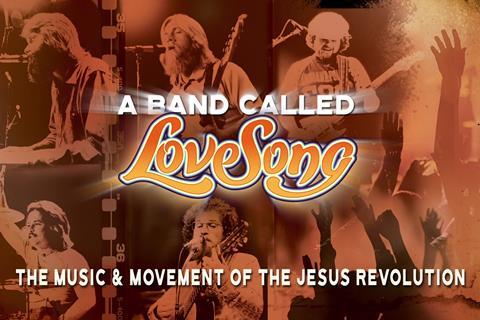
A new documentary series about the Jesus Movement of the late ‘60s and early ‘70s might have been just a historical document about hippies and God, but it is also a fascinating watch in the context of the ‘quiet revival’ taking place now.
The three-part series is seen through the eyes of the band LoveSong — who also produced it, so it is highly subjective — but it does tell a first-hand story of what happened when God broke into the aftermath of the hippie movement.
The late ‘60s were a turbulent time in America. Figures like John F. Kennedy and Martin Luther King Jr. were making tumultuous waves politically, while Beatlemania and the Rolling Stones had shaken things up culturally.
Add the Cold War with Russia, the nuclear threat and the Vietnam War draft to the experience of youth in that decade, and the resulting collision fed the peace movement and the 1968 ‘Summer of Love’.
Music meets a movement
The first of the hour-long features explores what it felt like to be a hippie whose worldview had come crashing down in disillusionment. Peace and love didn’t take over the world and four festivalgoers were killed during a Rolling Stones set at the Altamont Music Festival where Hells Angels were stewarding.
It also tells the story of the band LoveSong, whose members all came to faith after it was formed. Their mid-tempo sound was very West Coast and Country-inspired, influenced by the Beach Boys and CSN&Y. By today’s standards, it was rather bland and corny, but graced with excellent harmonies.
For that time and place, though, it was just right: soft enough to be considered possibly acceptable by older church people, and reflective enough of hippie culture – particularly in the way they looked – to be a gateway for young believers to identify with, and have Christian music of their own for the first time.
The widespread experimentation with LSD and other psychedelics had opened up minds to the possibility of something ‘extra’ in life; a hope for something spiritual.
The Beatles’ seminal Sgt. Pepper ’s Lonely Hearts Club Band album made them key influencers, but when the late LoveSong singer Chuck Girard first listened to their White album, expecting revelation, only to hear goofy tracks like ‘Rocky racoon’, he knew to look elsewhere. A generation was spiritually hungry and the video shows how the Holy Spirit broke in, particularly through the Calvary Chapel church in California.
The second part majors on the songs on the band’s début album in overly great detail, so is largely for any completists, but it also covers Explo ’72, known at the time as the ‘Christian Woodstock’, which was arguably the first significant evangelical event involving major names and a stadium full of excited Christian youth.
Johnny Cash was there and Billy Graham spoke. Chuck Girard tells how more conservative church members would have thought, “If Billy will get up and speak after hippies sing, maybe it’s OK to have drums, maybe it’s OK to have guitars.”
LoveSong’s story is testament to God breaking through in completely unexpected ways
Guitarist Tommy Coomes also notes: “Up to that point, what was church music? It was hymn book, choir, organ. That was pretty much it. We didn’t have guitars or drums at all.”
Part Three returns to a stronger storyline. After the Beatles snubbed the president and his wife, LoveSong‘s trip to the Philippines saw them mobbed by huge crowds as a substitute. Back in the States, the Jesus Movement was blazing like wildfire and LoveSong were at the heart of it.
But it takes almost until the band breaks up before they even touch on the second album; and the rest of the piece is split into legacy and tributes.
So unless you are an American ex-hippie, you may want this cut to a two-parter. The series is produced by LoveSong - and is almost exclusively about them, as if they are claiming a place in history while they have the cameras out (and a LoveSong re-union album to promote). For example, main musical pioneer Larry Norman only gets the most fleeting of references.
What does it offer us now?
This series is very definitely something primarily for an American audience. Although albums by LoveSong and Chuck Girard were prominent in the reviews section of Premier Christianity magazine’s forerunner Buzz, they didn’t connect in the same way with a British audience.
But even before they spell it out at the end, it is clear that LoveSong were part of a wave of the Holy Spirit working in a group of disaffected youth, and that the hunger for a real spiritual foundation amid the cultural disarray brought them to a surprise conclusion: Jesus is alive and changing lives.
Music was the grease on which the movement slid. It is testament to God breaking through in completely unexpected ways to impact a generation and change the culture.
So how could this look today in the UK?
Who are the people that churches are wary of, through whom we don’t expect God to work? Who are those hungry for a spiritual foundation that is strong enough to withstand the political shocks, war and polarisation that they see around them?
Looking deeper, the value in this series can be found in how it inspires us to see how great a change God has made — and can make again — in movements and communities that are open to him.

A Band Called Lovesong is available to stream on Amazon Prime Direct



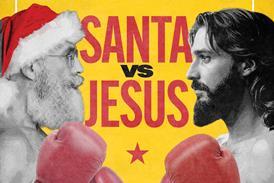
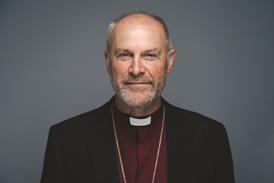
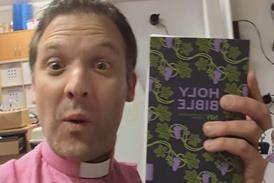




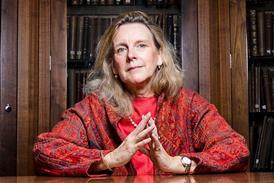
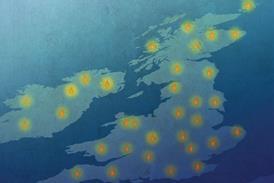
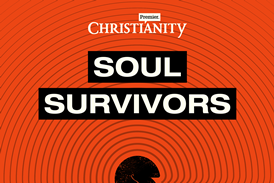
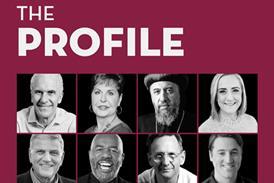


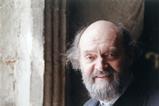

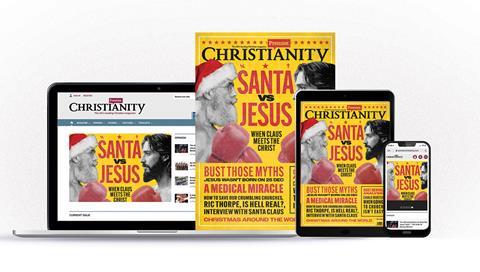




















No comments yet